Duration
12.10.24, 1:30 PM - 9:30 PM
Language
German, English
Admission
Free admission
Info
As the closing event of Rebecca Horn’s six-decade retrospective, Haus der Kunst is dedicating a one-day international symposium to Rebecca Horn’s transmedia oeuvre. Newly digitised films of Horn’s early performances are at the heart of the exhibition. In these films, body extensions are staged as performances, which not only represent historically significant experiments with physical boundaries but also explore the sensual and motor expansion of perception, leading us into controversial contemporary discourses.
Through panel discussions, conversations, and film screenings, the versatility of Horn’s work will be discussed from new perspectives. Internationally renowned voices will address the interrelated themes of embodiment, technology, dance, and choreography from contemporary post-human, performative, and art historical perspectives.
Participation in the symposium is free of charge. No registration is required.
Programme
12.10.24 | Terrassensaal and Auditorium
All contributions are in English unless otherwise noted.
1.30 pm
Greeting
Andrea Lissoni, Artistic Director, Haus der Kunst, Munich
Sir Nicholas Serota, Chairman of Moontower Foundation, Chair of Arts Council England, former Director of Tate Galleries, London
Introduction
Jana Baumann, Senior Curator, Haus der Kunst
2.15 pm
Keynote Presentations and Panel Discussion I
Performativity of Bodies: The Power of Transformation
Hendrik Folkerts, Curator of International Contemporary Art and Head of Exhibitions, Moderna Museet, Stockholm
André T Lepecki, Professor of Performance Studies, Tisch School of the Arts, New York University
Lanka Tattersall, Laurenz Foundation Curator, Department of Drawings and Prints, The Museum of Modern Art, New York
Rebecca Horn’s multifaceted stagings of perceptual relationships begin with the dialogue-based coexistence of performer and audience. Her early performative and filmic works posed pivotal questions related to how we inhabit our bodies and how they can be transformative – a theme that becomes a leitmotif for all of her subsequent work. How does Horn use the symbolic content of dance movement as a medium and catalyst for choreographic and scenographic fictions? How do images of the body and movement intertwine?
3.30 pm
Break
4 pm
Keynote Presentations and Panel Discussion II
Hybrid Beings: On Cyborgs and Body Concepts
Jack Halberstam, Director of the Institute for Research on Women, Gender and Sexuality; David Feinson Professor of the Humanities, Columbia University, New York
Amanda Cachia, Assistant Professor and Assistant Director of the Masters of Arts in the Arts Leadership Graduate Program, Kathrine G. McGovern College of the Arts, University of Houston
Charlotte Matter, Research Associate at the Chair of Modern Art History, University of Zurich, and founding member of the research project Rethinking Art History through Disability
Sarah Sigmund, Research Associate, Research Center Technoaesthetics, Academy of Fine Arts, Munich
In the context of post-humanism discourse and the advancement of systemic networks, Horn’s work is highly topical. She equates human and machine, which is why they can be read as elements of political technology. Horn makes the body tangible as a material to be controlled, one that is both disciplined and powerful. At the same time, she responds to the structural marginalisation of bodies. Horn makes visible the permeability of corporeal boundaries and points to the threat to individual bodies. How can her experiments with prostheses, skin garments, and apparatuses be read and understood in a biotechnological age?
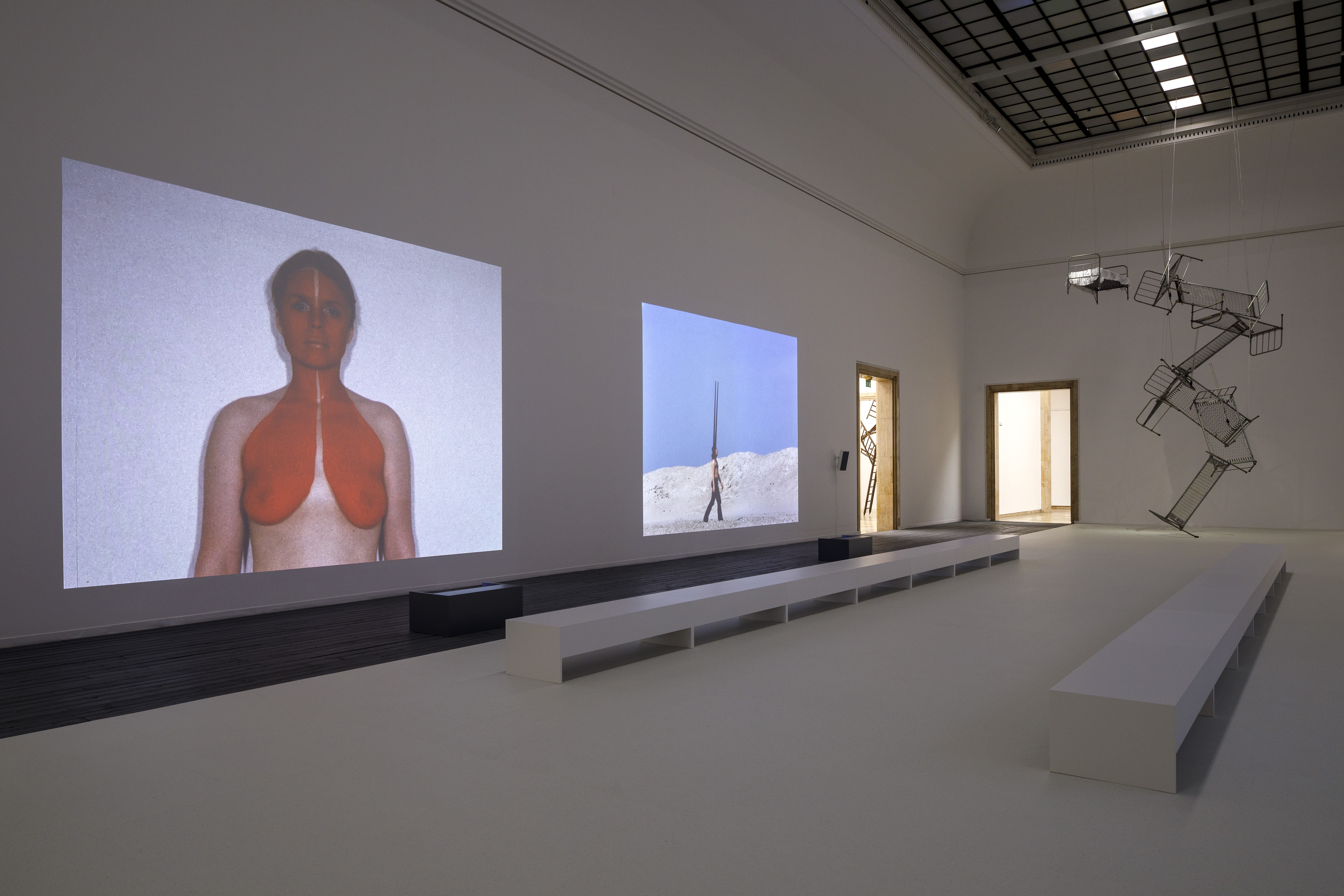
5.15 pm
Break
5.30 pm
Keynote Presentations and Panel Discussion III
Choreographies of Perception: Cosmic Networks
Jana Baumann, Senior Curator, Haus der Kunst
Marta Dziewańska, Curator, KANAL, Brussels
Jessica Ekomane, Computer Musician and Artist, Lecturer in Sound Studies and Sonic Arts, Berlin University of the Arts
Goyo Montero, Ballet Director & Chief Choreographer at Staatstheater Nürnberg
In Horn’s work, modes of perception and action seem metaphorically intertwined with contemporary technologies. These potential connections between living beings and machines promote an awareness of multilinearity and networks. From the early 1990s, Horn’s work expanded into large-scale installations. The audience engages in experiences of light, sound and rhythm. Her works question the nature of our bodies and our understanding of their collective organisation. How is the viewer’s perception addressed? And how is the hypnotic, spiritual, or psychotic character created?
6.30–7 pm
Closing discussion
7.15 pm
Performance by Jessica Ekomane
Jessica Ekomane creates situations where the sound acts as a transformative element for the space and the audience. Her quadraphonic performances, characterised by their physical affect, seek a cathartic effect through the interplay of psychoacoustics, the perception of rhythmic structures and the interchange of noise and melody. Her ever-changing and immersive sonic landscapes are grounded in questions such as the relationship between individual perception and collective dynamics or the investigation of listening expectations and their societal roots.
8 pm
Film Screening of Buster’s Bedroom
Introduction and Conversation (in German)
Jana Baumann, Senior Curator, Haus der Kunst
Doris von Drathen, Professor of Art History, École Spéciale d’Architecture, Paris
Sandra Beate Reimann, Curator, Museum Tinguely, Basel
Horn uses dramaturgy as a bridge between artists and spectators, bringing fictional events to life for the audience. In her feature films, the performing characters virtuously demonstrate different levels of perception, whether through object design or set production, character-making or animal-reimagining. Her last feature film, Buster’s Bedroom (1990), is set in ‘Nirvana House’, a psychiatric hospital in California. Through the fictional patients, Horn conveys complex emotions and multilayered perceptual relationships. The panellists discuss how Horn celebrates the power of the imagination and the inspirational figures who have influenced her work.
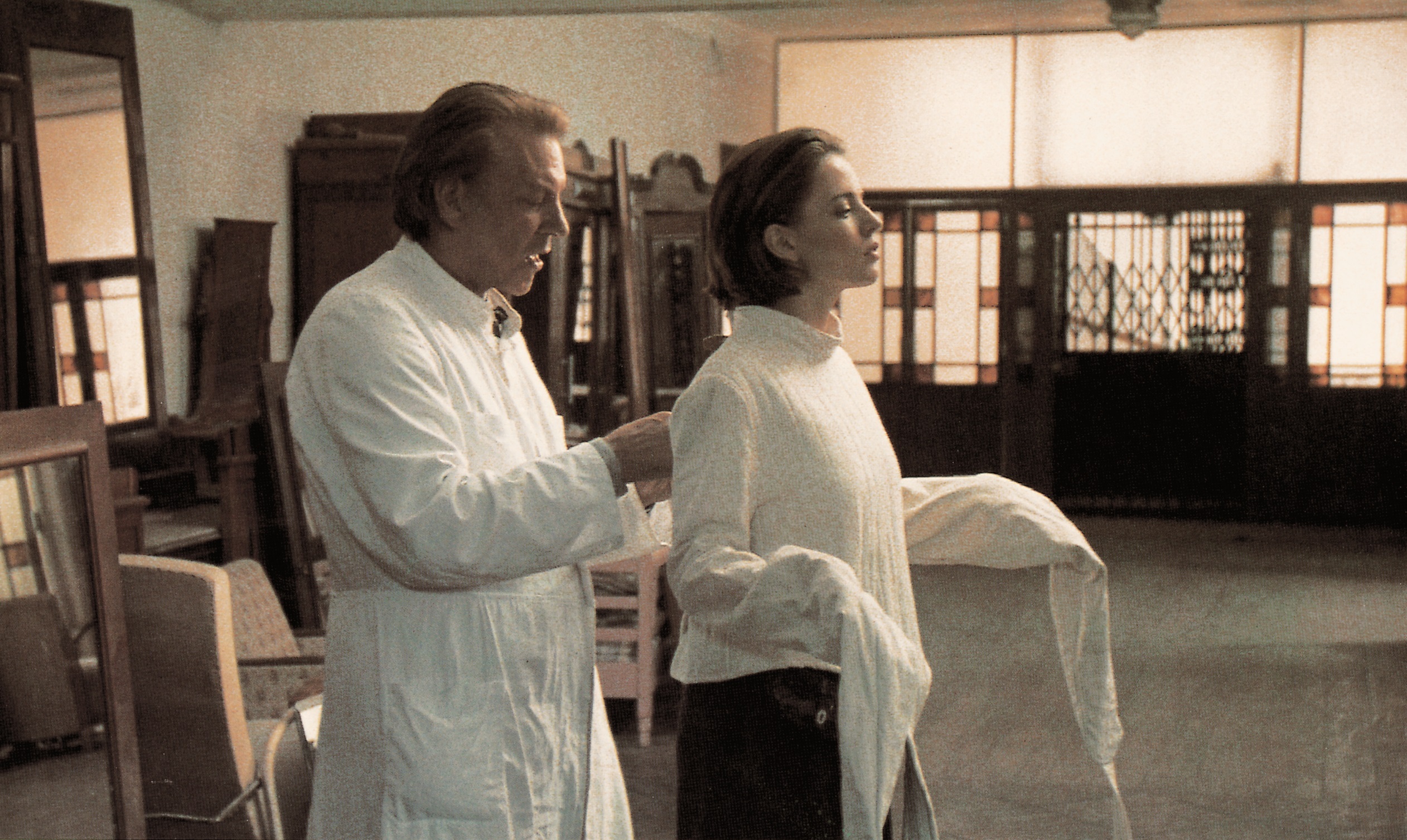
Buster’s Bedroom (1990), 104 min., English
Buster’s Bedroom is set in a former sanatorium in California, where the famous silent film star Buster Keaton once spent time. The film follows a young woman named Micha on a quest to find the ghost of Keaton, whom she worships. She meets the idiosyncratic residents, including an obsessed doctor played by Donald Sutherland. The film is an exploration of obsession, memory, and the fading glamour of the silent film era.
Participants
Jana Baumann
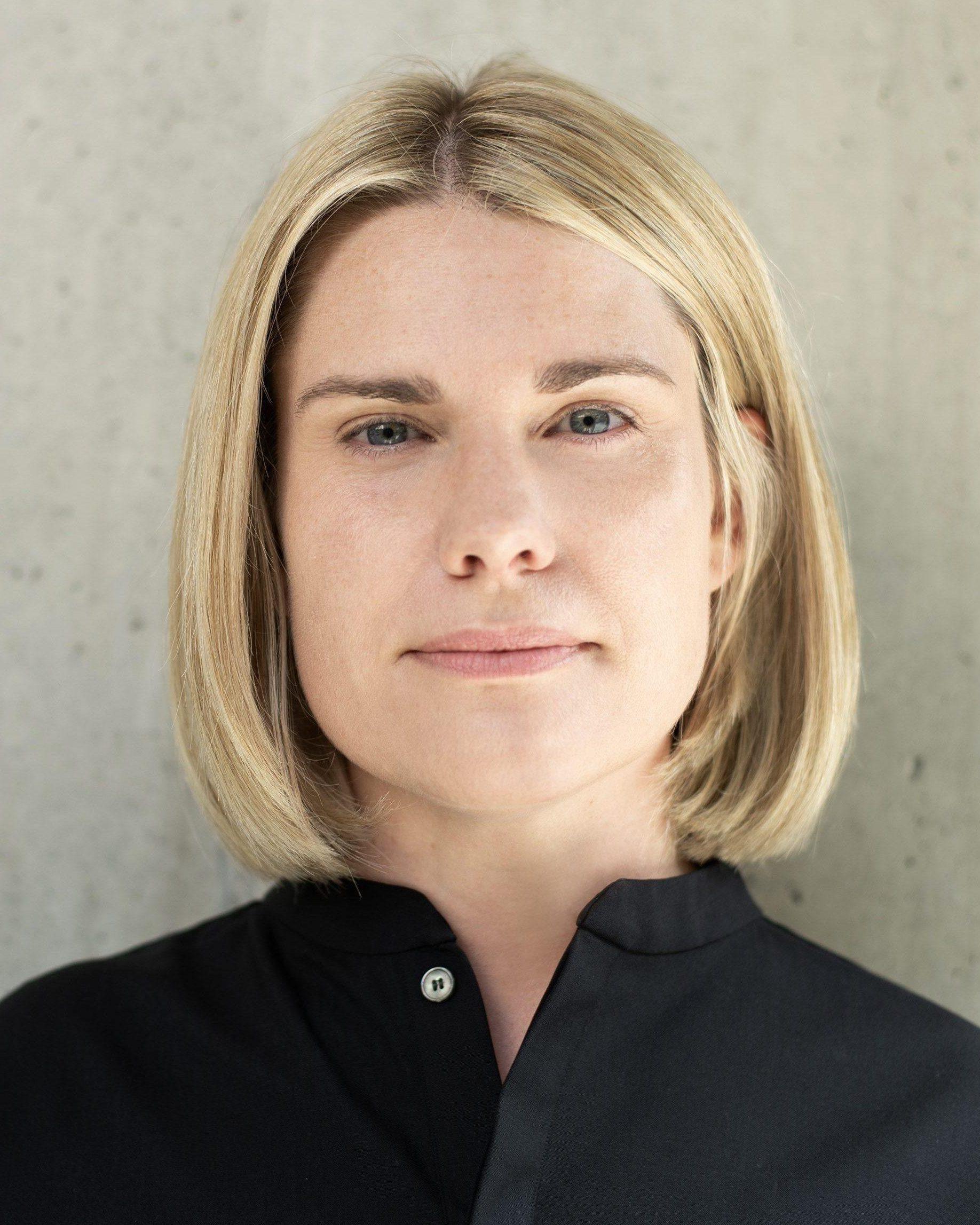
Curator of the retrospective "Rebecca Horn", Haus der Kunst, Munich
Biography
Jana Baumann is Senior Curator at the Haus der Kunst in Munich as well as an editor and author. She has curated various comprehensive retrospective exhibitions in Munich dedicated to artists such as “Miriam Cahn: I as Human” (2019), “Franz Erhard Walther: Shifting Perspectives” (2020), and “Heidi Bucher: Metamorphoses” (2021) as well as “Rebecca Horn” (2024). Currently she is working on extensive exhibitions of “Sandra Vásquez de la Hora” (2025). These projects, which trace the processual and performative qualities of a transdisciplinary artistic practice, are also research contributions to a medially expanded, gender-critical art historiography. Baumann has also been responsible for a series of new productions at the Haus der Kunst on contemporary transnational challenges.
Hendrik Folkerts

Curator of International Contemporary Art and Head of Exhibitions, Moderna Museet, Stockholm
Biography
Hendrik Folkerts (M.A., Art History, University of Amsterdam) is Curator of International Contemporary Art and Head of Exhibitions at Moderna Museet, Stockholm. Folkerts previously was Dittmer Curator of Modern and Contemporary Art at the Art Institute of Chicago (2017-2022); Curator at documenta 14, Kassel/Athens (2014-2017); Curator of Performance, Film, and Discursive Programs at the Stedelijk Museum, Amsterdam (2010-2015); and Coordinator of the Curatorial Program at De Appel arts centre, Amsterdam (2009-2011). He is an editor of numerous books and exhibition catalogues, and frequently contributes to artists’ monographs and other books and so.
Andre Lepecki
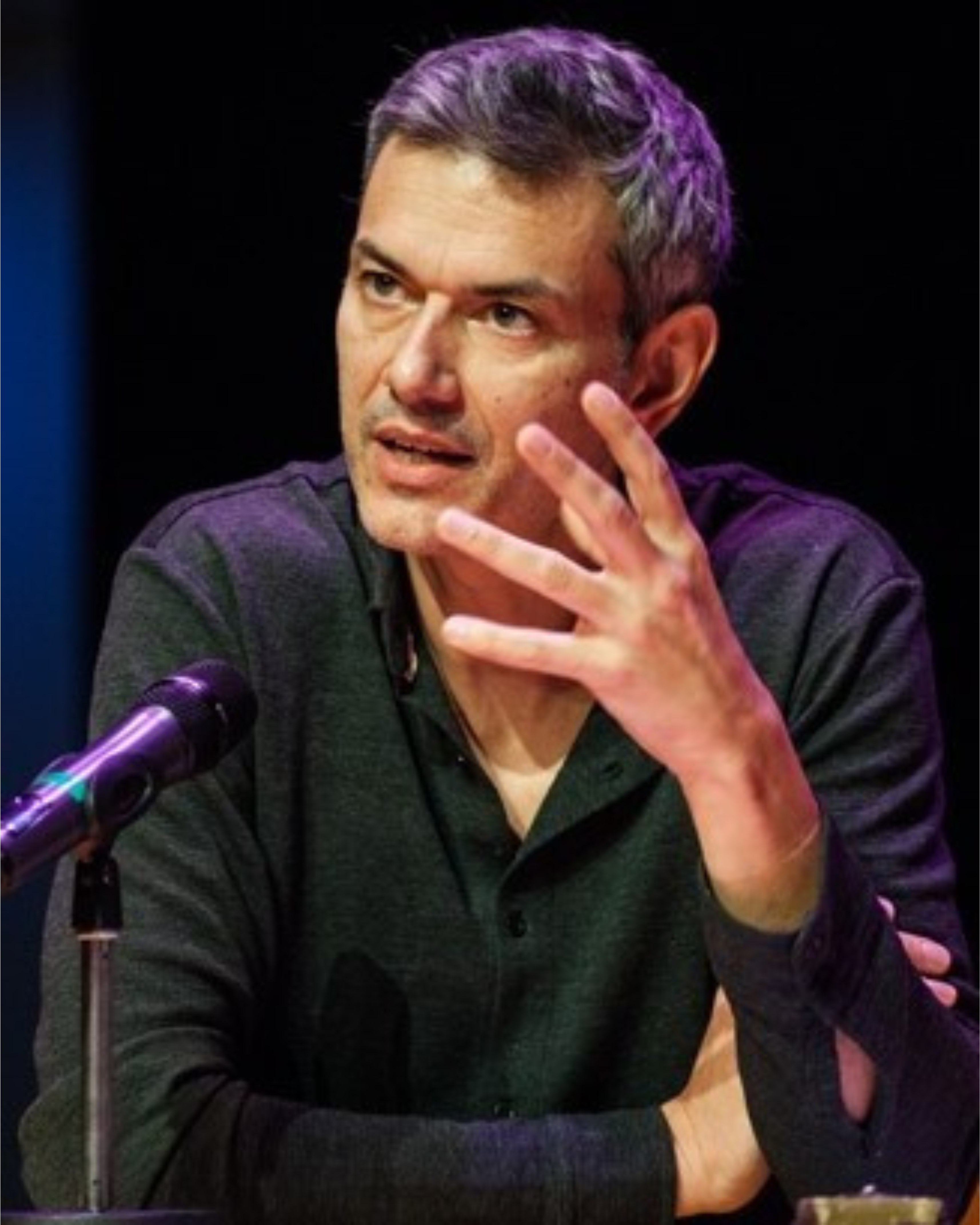
Professor of Performance Studies, Tisch School of the Arts, New York University
Biography
André Lepecki is an essayist, dramaturge, and independent curator based in New York City. Full Professor at the Department of Performance Studies at New York University, and Associate Dean, Center for Research & Study, Tisch School of the Arts, NYU. Editor of several anthologies on performance and dance theory, and author of Exhausting Dance: performance and the politics of movement (2006), and of Singularities: dance in the age of performance (2016). In 2008 he received the Association Internationale des Critiques d’Art (USA Section) award for “Best Performance” for co-curating and directing the authorized redoing of Allan Kaprow’s 18 Happenings in 6 Parts (a commission of Haus der Kunst 2006, performed at PERFORMA 07).
Lanka Tattersall

Laurenz Foundation Curator, Department of Drawings and Prints, The Museum of Modern Art, New York
Biography
Lanka Tattersall is MoMA’s Laurenz Foundation Curator, Department of Drawings and Prints. She is currently organizing the exhibition “Vital Signs: Artists and the Body”, opening at MoMA in November 2024. Previously, she was Associate Curator at the Museum of Contemporary Art, Los Angeles (MOCA). At MOCA, she spearheaded a number of important commissions and performances, including works by Njideka Akunyili Crosby, Rafa Esparza, Juliana Huxtable, and P. Staff. She holds graduate degrees in art history from Columbia University and Harvard University.
Jack Halberstam
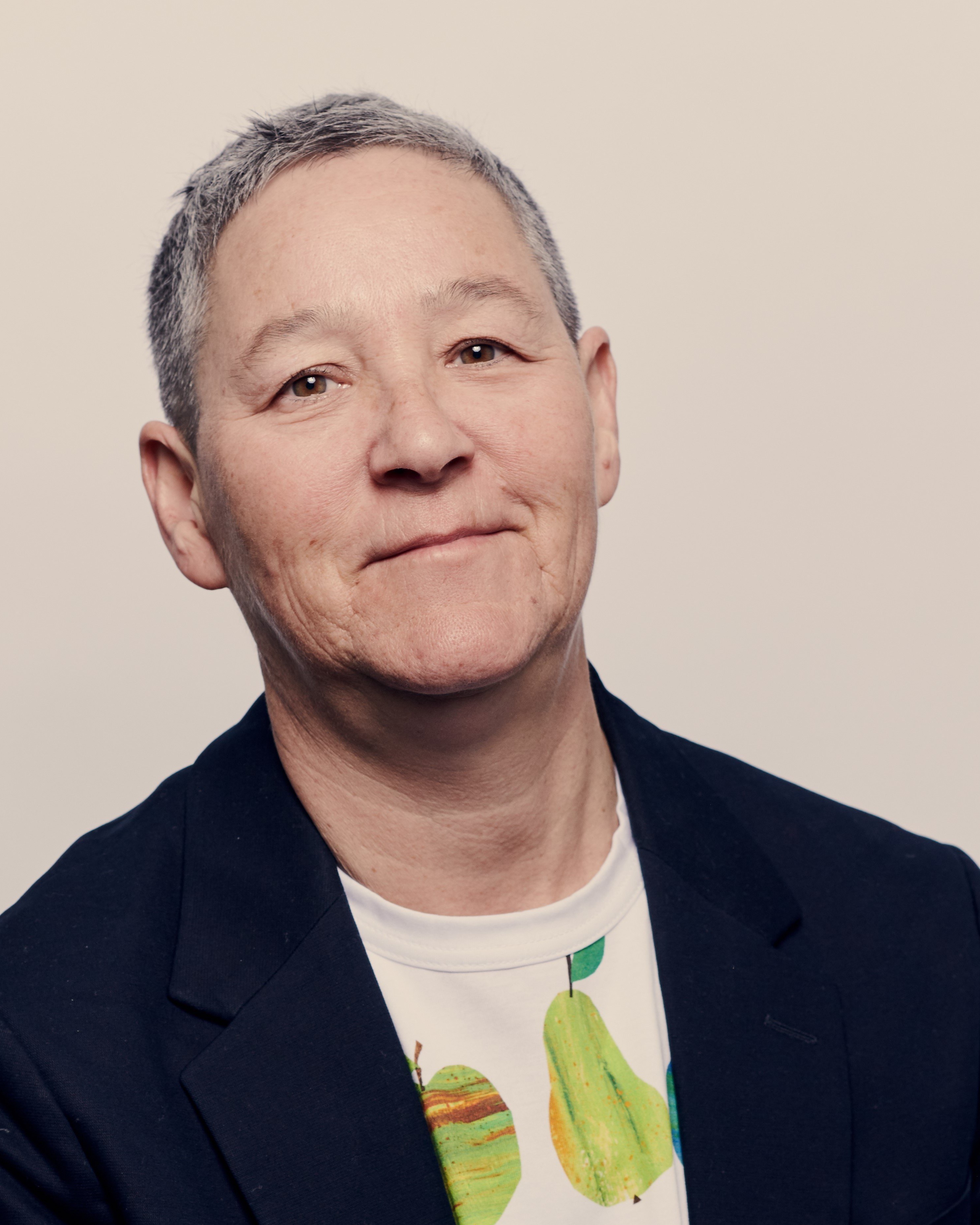
Director of the Institute for Research on Women, Gender and Sexuality; David Feinson Professor of the Humanities, Columbia University, New York
Biography
Jack Halberstam is Professor of Gender Studies and English at Columbia University. Halberstam is the author of books like Skin Shows: Gothic Horror and the Technology of Monsters (1995), Female Masculinity (1998), In A Queer Time and Place (2005), The Queer Art of Failure (2011), Gaga Feminism: Sex, Gender, and the End of Normal (2012). Halberstam’s latest book, out in 2020, is titled Wild Things: The Disorder of Desire. Places Journal awarded Halberstam its Arcus/Places Prize in 2018 for innovative public scholarship on the relationship between gender, sexuality and the built environment. Halberstam is now finishing a second volume on wildness titled: The Wild Beyond: Music, Architecture and Anarchy.
Charlotte Matter
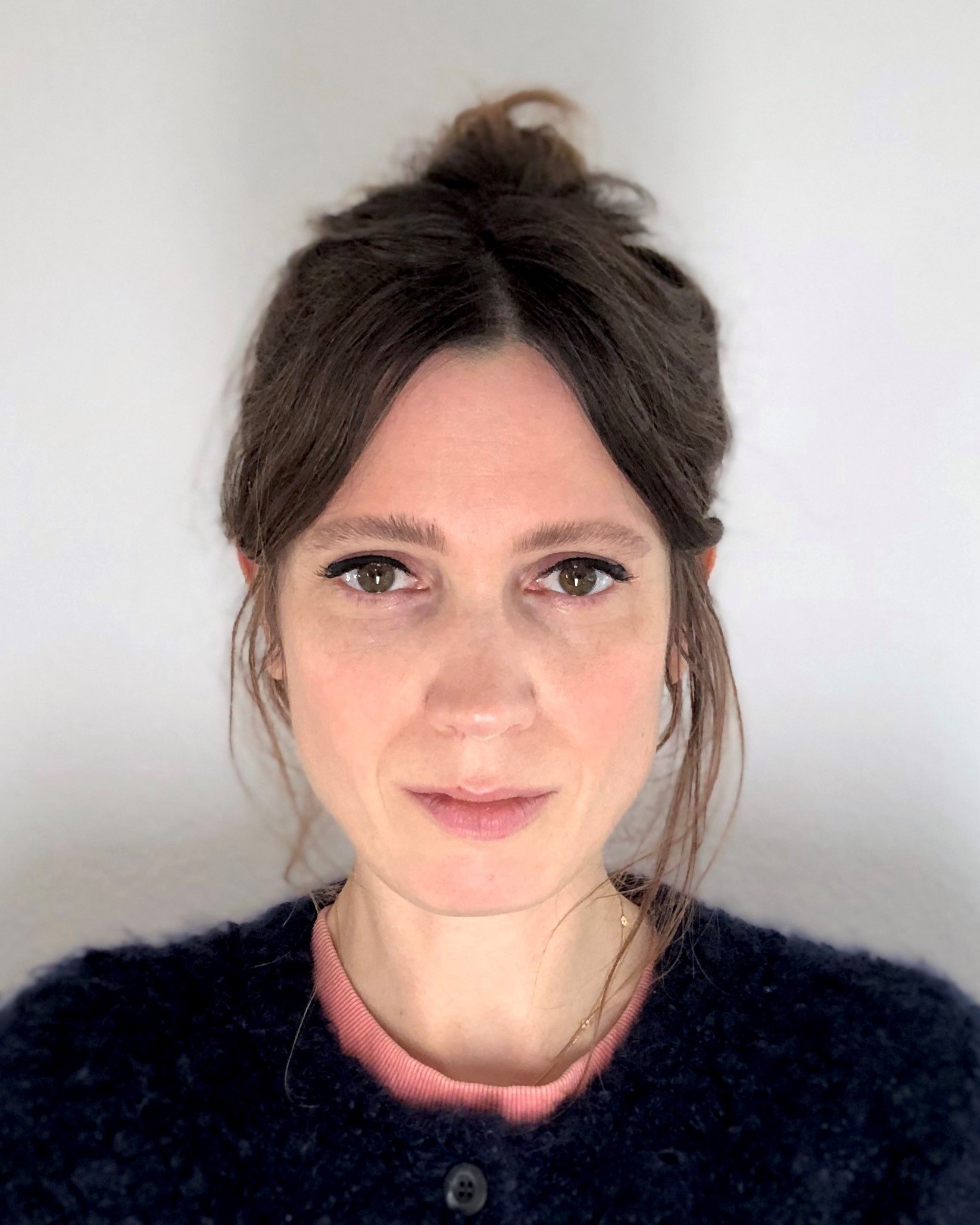
Research Associate at the Chair of Modern Art History, University of Zurich, and founding member of the research project Rethinking Art History through Disability
Biography
Charlotte Matter teaches and researches at the Department of Art History at the University of Zurich, where she coordinates the specialised MA programme in “Art History in a Global Context”. Her doctoral thesis explored plastic as a material in the art of the 1960s and 1970s from a feminist perspective. Her current research topics include the question of class in art since the 1980s and queer-feminist, separatist art spaces. She is co-founder of two initiatives dedicated to an inclusive art history: CARAH – Collective for Anti-Racist Art History and the research group Rethinking Art History through Disability. She has been co-editor of Sculpture Journal (Liverpool University Press) since 2023.
Amanda Cachia
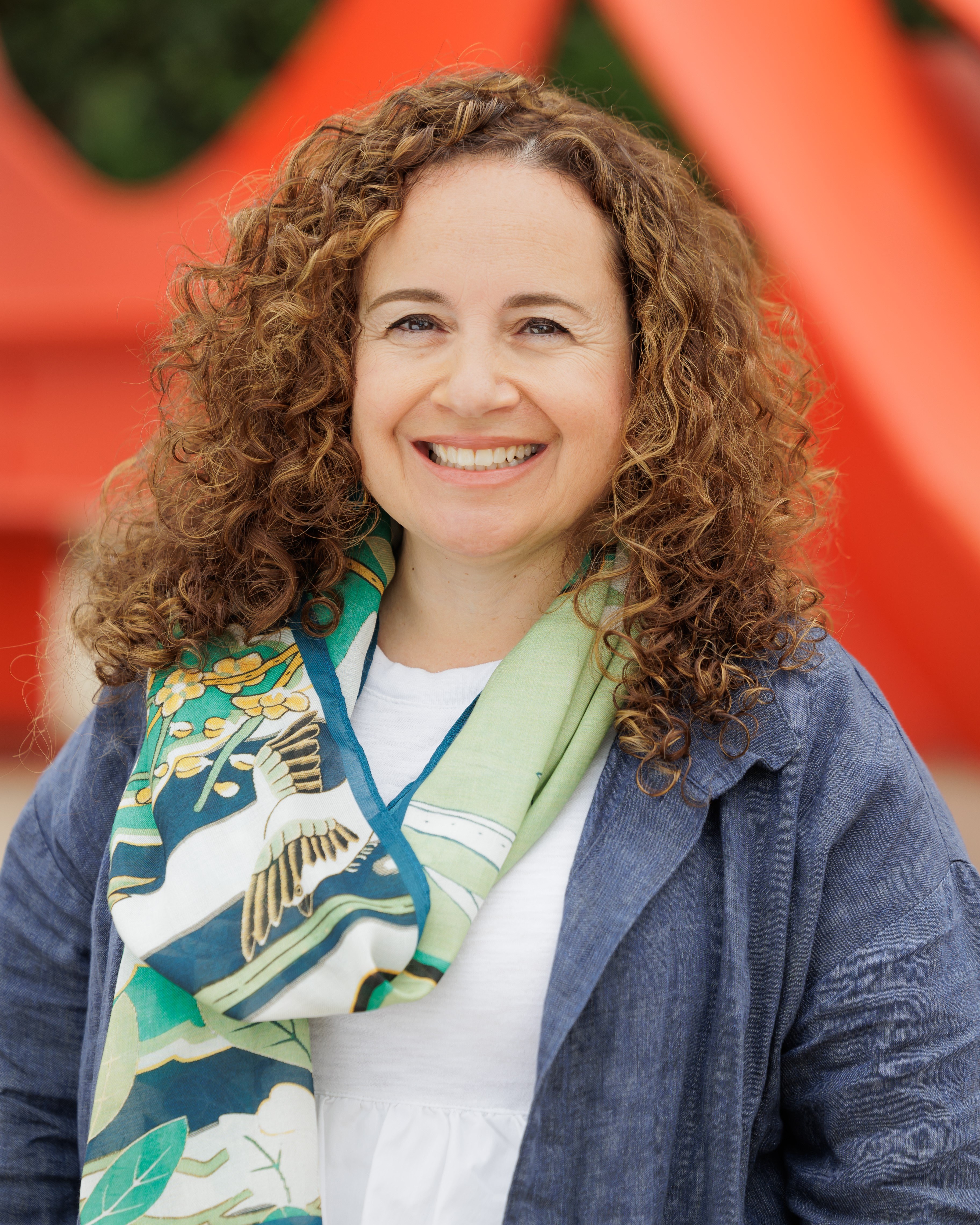
Assistant Professor and Assistant Director of the Masters of Arts in the Arts Leadership Graduate Program, Kathrine G. McGovern College of the Arts, University of Houston
Biography
Amanda Cachia is curator, consultant, writer and art historian who specializes in disability art activism across intersectional axes of difference, including gender, race, and sexuality. She is the tenure-track Assistant Professor and Assistant Director of the Masters of Arts in Arts Leadership Graduate Program at the Kathrine G. McGovern College of the Arts at the University of Houston, where she also serves as Coordinator of the Graduate Certificate in Museum and Gallery.
Sarah Sigmund
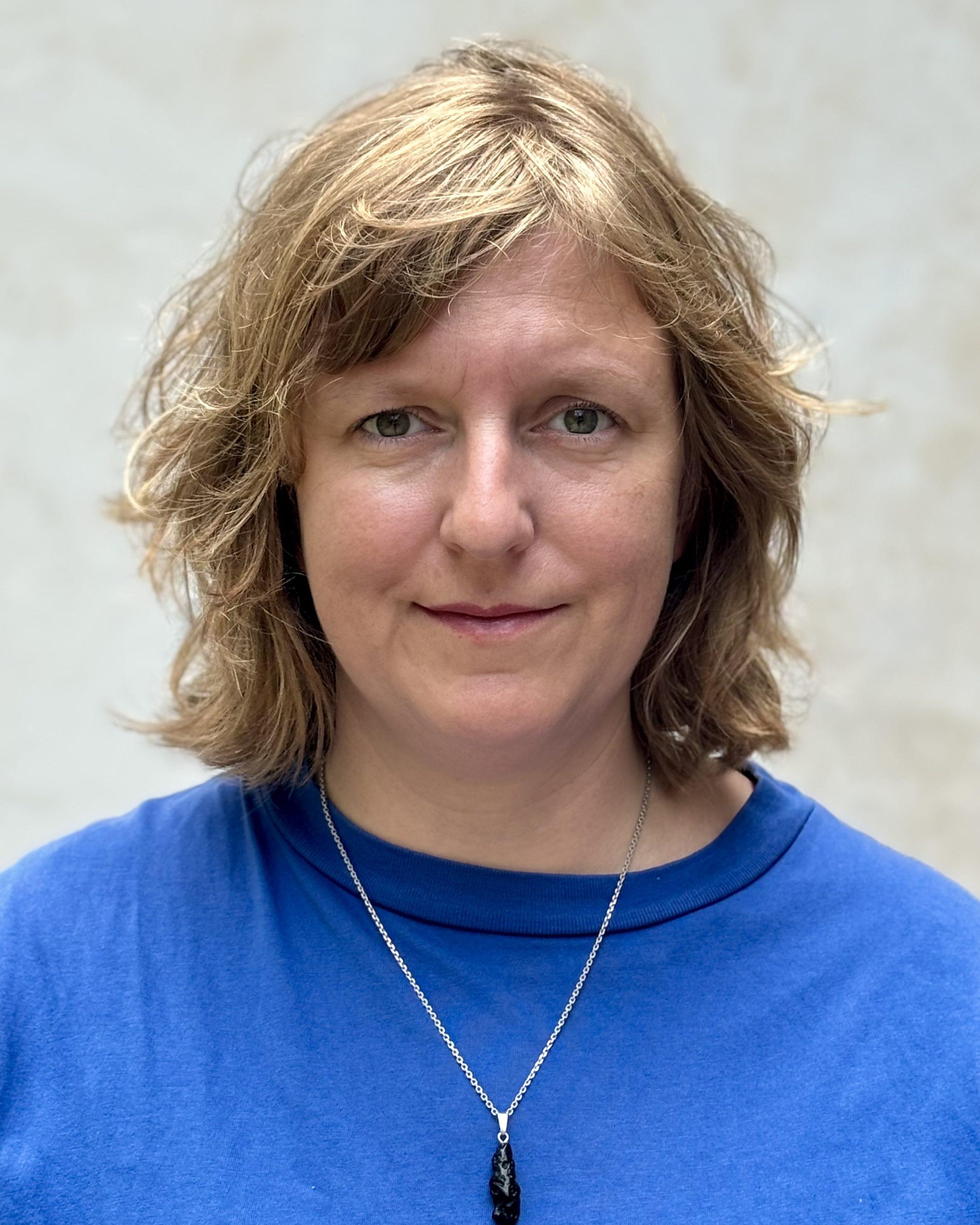
Research Associate, Research Center Technoaesthetics, Academy of Fine Arts, Munich
Biography
Sarah Sigmund is an art historian and curator. She works as a research associate at the Research Centre for Techno-aesthetics, founded in 2024 at the Academy of Fine Arts Munich. Her research focuses on relations between art and science, materiality and production of artistic works as well as their connection to postcolonial, queer-feminist and posthuman topics. She is currently completing her doctorate on the topic of Hybridisations. Transformations of the Human in Art from the 1920s to the Present. She also realized the exhibition “Targeted Interventions” as part of the special exhibition “Violence and Gender” at the Military History Museum of the German Armed Forces Dresden (2018).
Marta Dziewanska
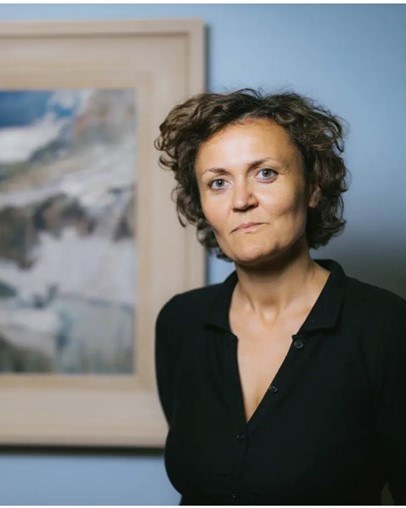
Curator, KANAL, Brüssel
Biography
Marta Dziewańska is curator at KANAL-Centre Pompidou in Brussels. Between 2019 and 2023 she was curator of collection at Kunstmuseum Bern in Switzerland and between 2007 and 2018 - curator and head of research at the Museum of Modern Art in Warsaw. In 2017, she was a curatorial advisor for documenta 14, Athens and Kassel. She curated and co-curated several exhibition projects: “miriam cahn: MA PENSÉE SERIELLE” (Palais de Tokyo, 2023), “The Other Trans-Atlantic. Kinetic and Op art in Eastern Europe and Latin America” (Museum of Modern Art in Warsaw, 2017/2018), “Alina Szapocznikow: Human Landscapes” (The Hepworth Wakefield, 2017), and others. Editor and co-editor of (among others): Points of Convergence. Alternative Views on Performance (2017), Political Upheaval and Artistic Change (2009), and others.
Jessica Ekomane
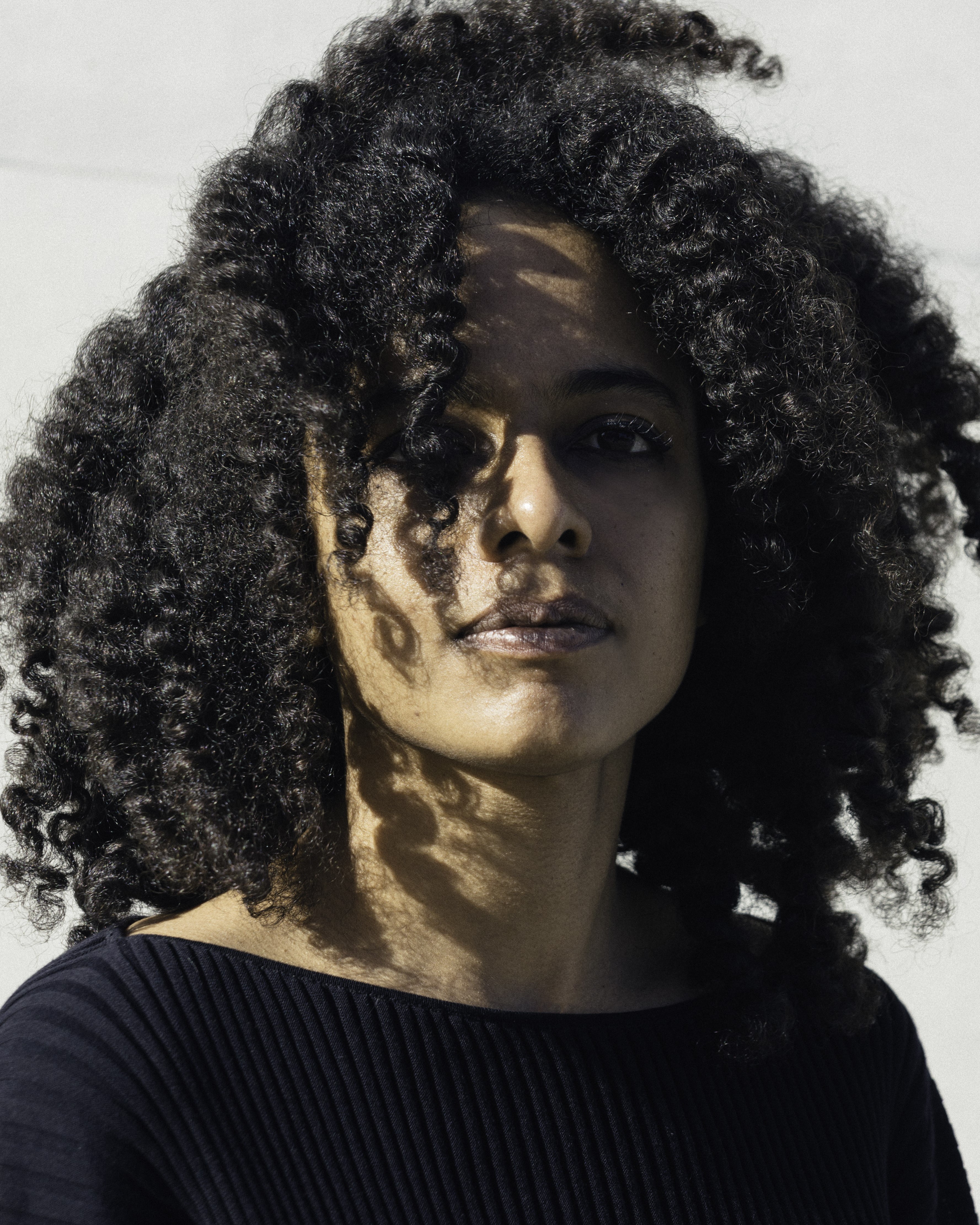
Computer Musician and Artist, Lecturer in Sound Studies and Sonic Arts, Berlin University of the Arts
Biography
Jessica Ekomane is a French-born and Berlin-based electronic musician and sound artist. She creates situations where the sound acts as a transformative element for the space and the audience. Her quadraphonic performances, characterized by their physical affect, seek a cathartic effect through the interplay of psychoacoustics, the perception of rhythmic structures and the interchange of noise and melody. Her ever-changing and immersive sonic landscapes are grounded in questions such as the relationship between individual perception and collective dynamics or the investigation of listening expectations and their societal roots.
Her first LP Multivocal was released in 2019 via Important Records, stemming out of a project for a sleeping event at Ars Electronica, curated by Shu-Lea Chang and Matthew Füller. Since then, her work has been extensively presented in festivals, venues, contemporary art spaces and museums across the world such as Hamburger Bahnhof, Reina Sofia, Kanal Pompidou, Art Basel, Villa Massimo, CTM festival, Cafe OTO, Gedächtniskirche…
She was one of the composers chosen as collaborators by Natascha Sadr Haghigian for her installation Ankerzentrum at the German pavilion of the Venice Biennale 2019, alongside Maurice Louca, DJ Marfox, Jako Maron, Tisha Mukarji and Elnaz Seyedi.
She was one of the fellows in residence for the Villa Romana Prize 2023 in Florence and received one of the two ZKM Giga-Hertz production prizes that same year. She is a fellow of the Berlin Artistic Research Programme 2024-25.
Goyo Montero
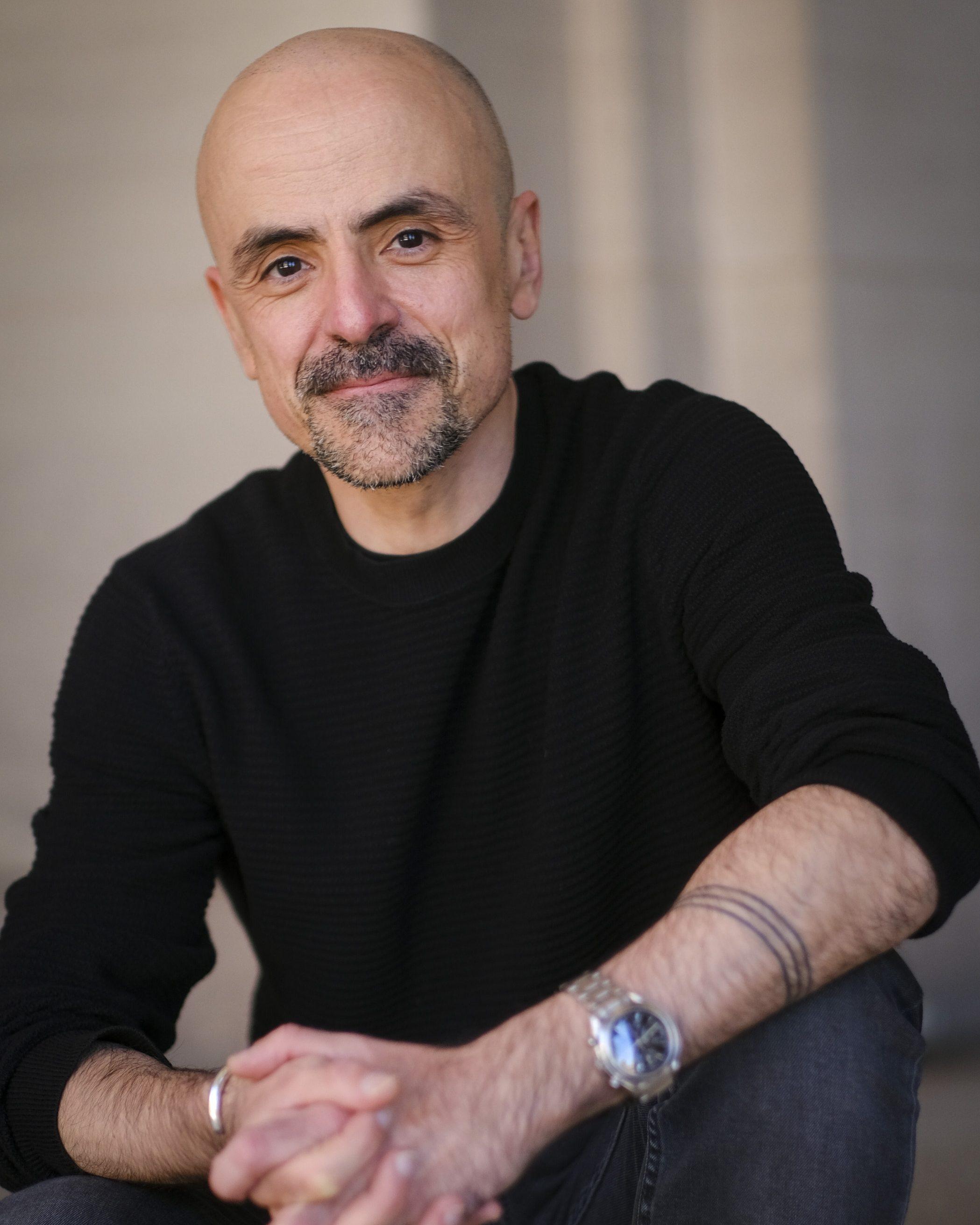
Ballet Director & Chief Choreographer at Staatstheater Nürnberg
Photo: Günter Distler
Biography
Goyo Montero first trained with Carmen Roche and then at the Royal Conservatory of Professional Dance in Madrid and at the school of the Cuban National Ballet. Goyo Montero was first soloist at the Deutsche Oper Berlin and soloist at the Leipzig Opera, the Wiesbaden State Theatre and the Royal Ballet of Flanders. As a choreographer he has created, among others works for Les Ballets de Monte Carlo, Royal Ballet London, Birmingham Royal Ballet, Zurich Ballet, Staatsballett Hannover, Deutsche Oper Berlin, Oper Kiel, Ankara and Izmir State Ballet, Modern Dance Turkey, Company Gregor Seyffert, Ballet Carmen Roche, National Ballet of Cuba, and Ballet de Teatres de la Generalitat Valenciana. Goyo Montero has been director and chief choreographer of the Staatstheater Nürnberg Ballet since the 2008/2009 season. Since then, his choreographies for the Nuremberg State Theatre Ballet have included 24 world premieres. Goyo Montero has been honoured with numerous awards, including the Bavarian Culture Prize, the German Dance Prize, the Pro meritis scientiae et litterarum from the Bavarian State Minister for Science and the Arts.
Sandra Beate Reimann
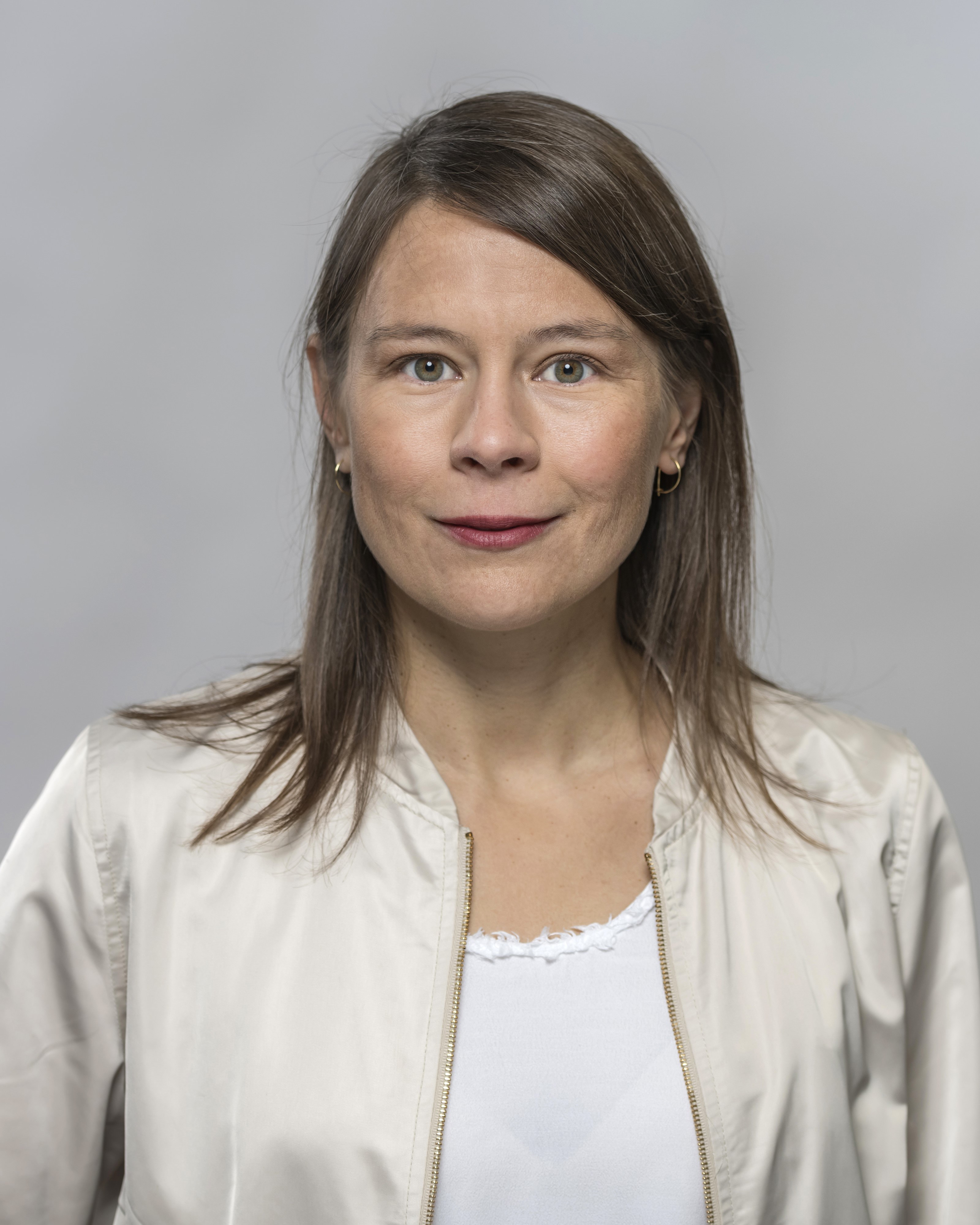
Curator, Museum Tinguely, Basel
Biography
Sandra Beate Reimann is curator at the Museum Tinguely in Basel. Her curatorial projects include “Stephen Cripps ”, “Performing Machines ” (2017), “Rebecca Horn”, “Body Fantasies” (2019), the thematic group exhibition “Territories of Waste” (2022) and, most recently, “Otto Piene. Paths to Paradise” (2024). Her research and publications focus on sculpture and installation from the second half of the twentieth century.
Doris von Drathen

Professor of Art History, École Spéciale d’Architecture, Paris
Biography
Doris von Drathen is a Paris-based art historian and critic continuing Warburg’s tradition of iconology in contempory art. After teaching positions such as at the École des hautes Études, Paris; Cornell University, Ithaca; Columbia University, NY - she is professor at the École Spéciale d´Architecture in Paris, since 2007. Known for her transversal approach Doris von Drathen published Vortex of Silence – Proposition for an Art Criticism Beyond Aesthetic Categories, 2004; followed by a series of monographs such as on Rebecca Horn, Pat Steir, Rui Chafes, Yannis Kounellis, Kimsooja, Ali Kaaf, Ali Banisadr.
We thank all the participants and everyone involved in organising the symposium.
Curated by Jana Baumann
The exhibition and symposium are supported by the German Federal Cultural Foundation. Funded by the Federal Government Comissioner for Culture and the Media.
